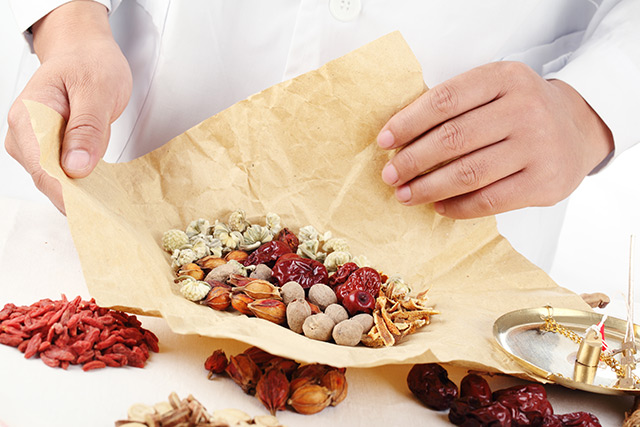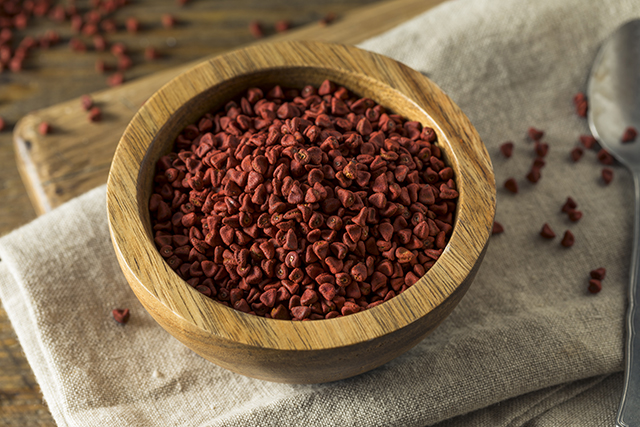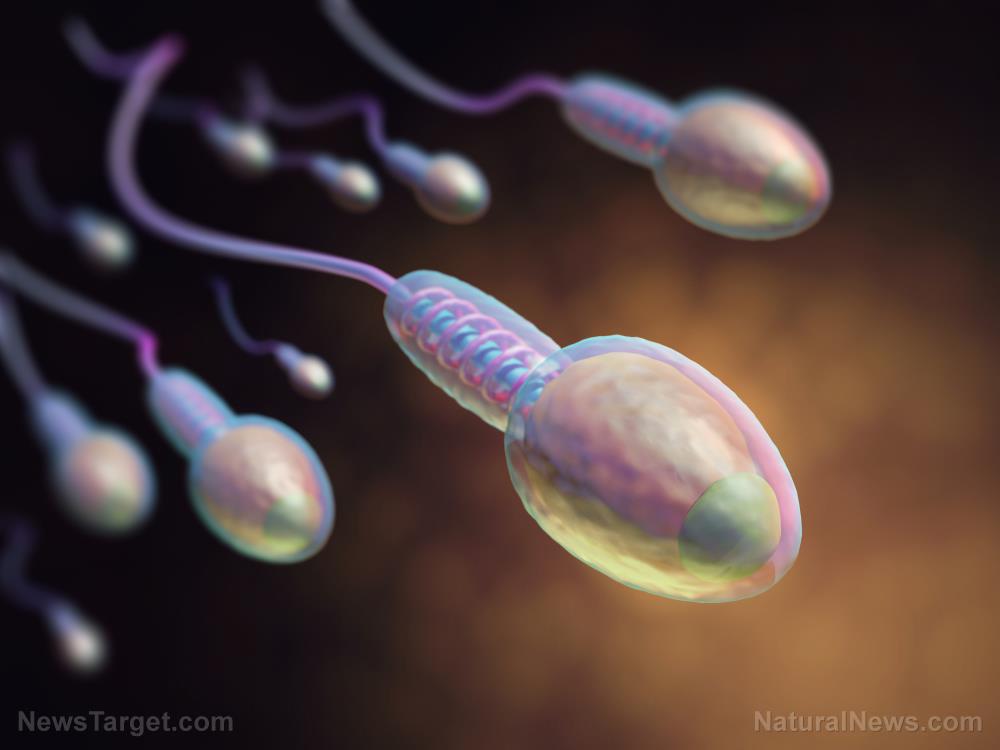Understanding muscular dystrophy and home remedies to help manage it
07/28/2018 / By Frances Bloomfield

Muscular dystrophy is a group of genetic diseases wherein the skeletal muscles weaken and break down over time. This condition is brought on by the absence of dystrophin, an essential protein that plays an important role in normal muscle function. People who lack dystrophin will often have difficulty swallowing and moving, and will also struggle with muscle coordination.
The signs and symptoms of muscular dystrophy
There are over 30 different kinds of muscular dystrophy, nine of which are the most common. Of those nine, the two that are most frequently seen are:
- Duchenne muscular dystrophy – Usually seen among children, this type of muscular dystrophy tends to affect young boys more than girls. The signs of Duchenne muscular dystrophy usually manifest between the ages of two and six, and most children with this condition are in need of wheelchairs by 12 years old.
- Becker muscular dystrophy – While similar to Duchenne muscular dystrophy, this condition is less severe. The symptoms of Becker muscular dystrophy appear much later in life, usually when the affected person is between the ages of 11 and 25.
Between these two diseases, there are a plethora of common symptoms, which include:
- Loss of muscle mass and balance
- Joint stiffness and pain
- Gradual loss of motion
- Breathing difficulties
Managing muscular dystrophy
At the moment, there is no known cure for muscular dystrophy. The most that can be done for people with this condition is to manage their symptoms and reduce the disease’s progression. This can be done through medication, surgery, and therapy, with the latter having been proven quite effective. On top of these options, there are a few home remedies that can help with the symptoms. Namely, making dietary changes to combat nutritional deficiencies. This entails eating foods rich in:
100% organic essential oil sets now available for your home and personal care, including Rosemary, Oregano, Eucalyptus, Tea Tree, Clary Sage and more, all 100% organic and laboratory tested for safety. A multitude of uses, from stress reduction to topical first aid. See the complete listing here, and help support this news site.
- Vitamin E – A vitamin most known for its antioxidant activities, the muscle-building and muscle-repairing qualities of vitamin E have since become just as renowned. Consuming more almonds, spinach, and avocados are good ways to up vitamin E intake.
- Selenium – This antioxidant mineral is said to contribute to muscle formation and helps the body effectively process vitamin E. Chicken, eggs, and Brazil nuts are good sources of selenium.
- Coenzyme Q10 – Also known as ubiquinone, this nutrient is an antioxidant as well as a supporter of the muscles and immune system. Choose beef, sardines, and organ meats to load up on coenzyme Q10. (Related: Coenzyme Q10 Boosts Energy, Promotes Heart Health and Assists Weight Loss.)
- Calcium and vitamin D – These nutrients work in tandem to support the skeleton and muscles. Dairy products are reliable sources of calcium, while fatty fish and egg yolks are good for vitamin D.
Eating certain foods can be just as useful. Some recommended foods include:
- Apple cider vinegar – In addition to having an abundance of muscle-boosting minerals and vitamins, apple cider vinegar can help with muscle pains as well by eliminating excess acid from muscle tissue. To consume apple cider vinegar, simply mix two tablespoons into one large glass of water and drink it after a meal.
- Green tea – This beverage is a natural antioxidant and is excellent at supporting the immune system. Opt for the caffeine-free varieties, as caffeine is a stimulant that could affect the heart. Five cups a day is the limit for green tea.
- Reishi mushrooms – These mushrooms have anti-inflammatory and antioxidant properties that can alleviate pain and boost the immune system, respectively.
- Turmeric – The curcumin in turmeric has various health benefits, such as boosting the body’s natural antioxidant capacities and acting as an anti-inflammatory agent.
For many people with muscular dystrophy, cutting out or limiting their consumption of particular foods and beverages has been just as helpful. These are:
- Refined foods, like pasta and sugar.
- Foods rich in trans fatty acids, such as French fries, processed foods, cookies, and cake.
- Stimulants like alcohol and coffee.
Doing all of these alongside other treatments can aid those with muscular dystrophy. Remember that there’s no cure for this condition as of yet, so no instant fixes or drastic changes should be expected. The goal in treating muscular dystrophy is to improve the patient’s quality of life, an effort helped by making small improvements.
If you’re looking for more ways to naturally manage the symptoms of other disease, feel free to go to NaturalHealth.news today.
Sources include:
Tagged Under: Diets, disease management, genetic diseases, home remedies, muscles, muscular dystrophy, natural health, nutrients, nutrition, supplements




















